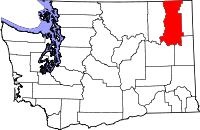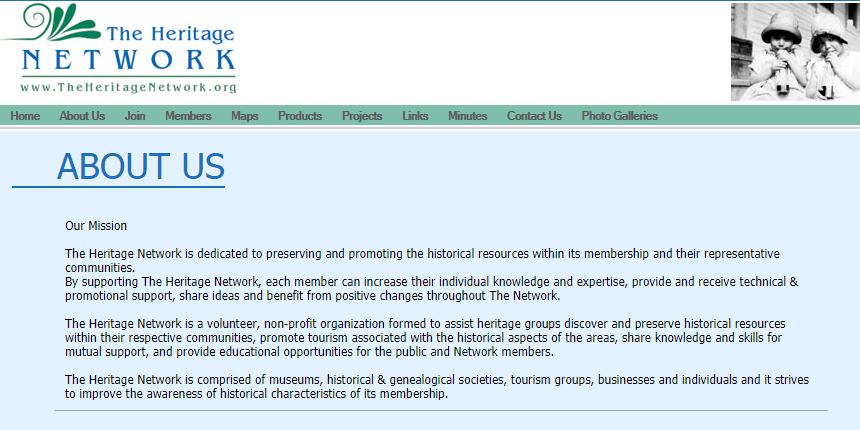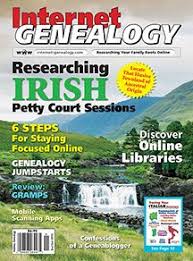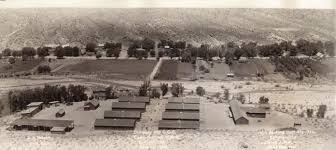Book A covers from 1860 to 1887. This includes the original Spokane County with its courthouse at Pinkney City covering from the Columbia River, north of the Snake River and to the summit of the Rocky Mountains encompassing Adams, Ferry, Franklin, Grant, Lincoln, Okanogan, Pend Oreille, Spokane, and Stevens, Whitman, northern Idaho, and briefly western Montana. In January 1863, Stevens County was created from the Columbia River to the summit of the Cascade Mountains north of the Wenatchee River, but it never organized. In January 1864, Stevens County and Spokane County were merged and the new Stevens County covered the area between the Idaho Territory and the Cascade Mountains north of the Snake and Wenatchee rivers encompassing current counties of Adams, north half of Chelan, Douglas, Ferry, Franklin, Grant, Lincoln, Okanogan, Pend Oreille, Spokane, and Stevens. In November 1871, Whitman County was created and it included current Adams, Franklin, and Whitman counties. Stevens County then encompassed the current north half of Chelan, Douglas, Ferry, Grant, Lincoln, Okanogan, Pend Oreille, Spokane, and Stevens. In October 1879, Spokane County was re-created. Stevens County then consisted of the current north half of Chelan, Ferry, Okanogan, Pend Oreille, and Stevens counties. In late 1883, the Stevens County Courthouse moved three miles from Pinkney City, previously renamed Colville by the Washington State Legislature, to the current City of Colville. Book A is fully extracted and copies of the extraction are available through the Stevens County Historical Society, Northeast Washington Genealogical Society, and Eastern Washington Genealogical Society.
Book B covers from 1887 to 1893. In February 1888, Okanogan County was created. Stevens County then consisted of the current counties of Ferry, Pend Oreille, and Stevens County.
Book C covers from 1894 to 1899. In February 1899, Ferry County was created. Stevens County then consisted of the current counties of Pend Oreille and Stevens.
Book D covers from 1899 to 1905 and the county area encompassed by current Pend Oreille and Stevens County
Book E covers from 1905 to 1909 and the county area encompassed by current Pend Oreille and Stevens County.
Book F covers from 1909 to 1911. In March 1911, Pend Oreille County was created leaving only current Stevens County.
How to get to the images.
Collections tab
Under Collections Online click on Minutes and Meetings Records
Go to Stevens County Board of Commissioners, Meetings, 1860 – 1913
You can browse the collection or search for a date range.






